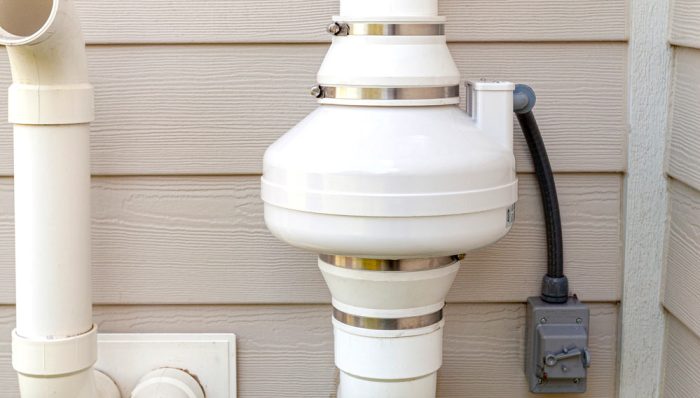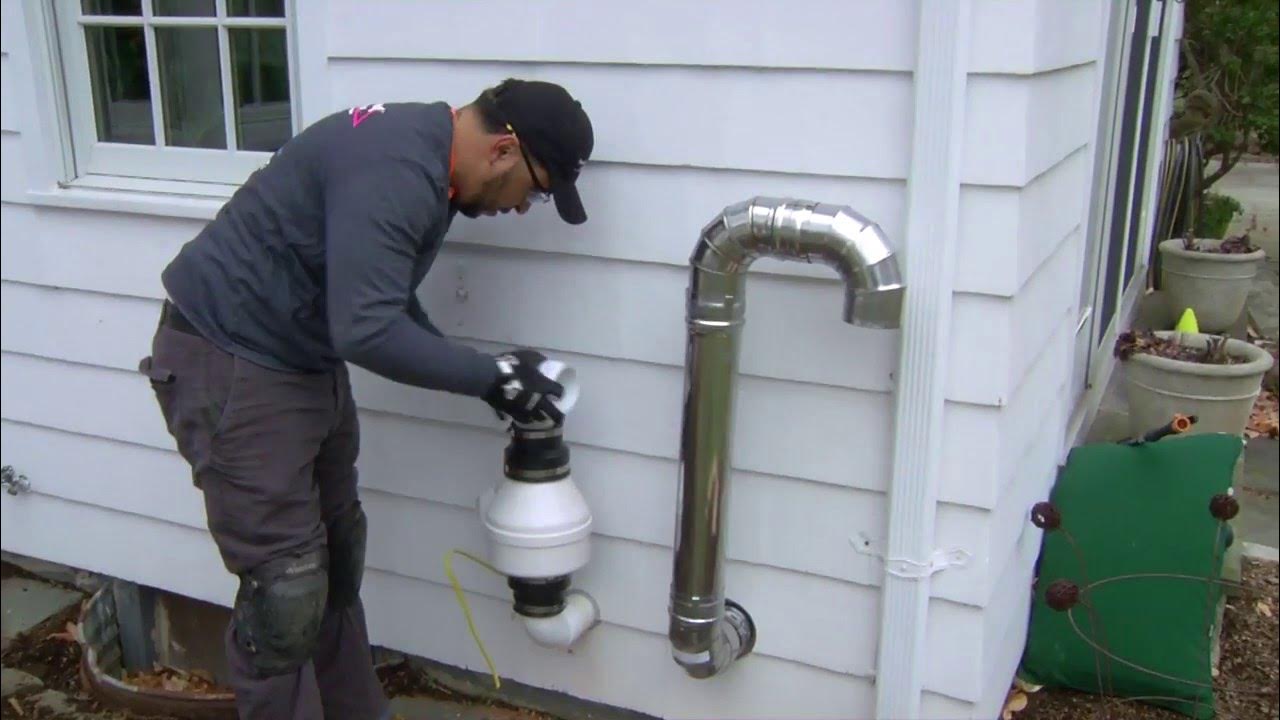Radon, a naturally occurring radioactive gas, is the second leading cause of lung cancer in the United States. It is a colorless, odorless, and tasteless gas that can seep into homes and other buildings, posing a significant health risk to occupants. Radon mitigation systems are designed to reduce radon levels in buildings, ensuring safe living environments. But do radon mitigation systems work?
This article will explore the effectiveness of radon mitigation systems, their impact on indoor air quality, and the importance of regular maintenance and monitoring.
Table of Contents
The Effectiveness of Radon Mitigation Systems
Radon mitigation systems are designed to extract radon gas from below the building and expel it above and away from the structure, thereby removing radon from breathable air and addressing radon in drinking water.
This process is highly effective in reducing radon levels in buildings, with most homes experiencing a reduction in radon levels to below 2 pCi/l after installing an effective radon mitigation system.
Radon reduction systems work by creating a vacuum beneath the building’s foundation, drawing radon gas from the soil and expelling it through a pipe system to the exterior of the building.
This method, known as active soil depressurization, has been proven to be highly effective in reducing radon levels in homes and other buildings.
The success rate of radon mitigation is high, with most homes experiencing a reduction in radon levels to below 2 pCi/l after installing an effective radon mitigation system.
Homeowners with radon systems have also observed a reduction in other indoor air quality issues such as moisture and soil gas intrusion problems.
The Importance of Regular Maintenance and Monitoring
While radon mitigation systems are highly effective in reducing radon levels, they do require occasional maintenance to ensure they continue to function optimally. Professional inspections are recommended every one to two years depending on the radon levels.
During these inspections, a certified or licensed radon mitigation contractor will clean the fan, inspect the system for any issues, and ensure that the system is functioning as intended.
To ensure your radon mitigation system is working effectively, follow these steps:
- Monitor radon levels short-term and long-term: Short-term radon testing typically lasts between 2 and 90 days, while long-term testing lasts more than 90 days. Short-term testing is a good way to get a quick snapshot of your radon levels, while long-term testing provides a more accurate annual average.
- Maintain the system: Regularly check the system for any signs of wear or damage. This includes checking the fan for any signs of corrosion or damage, ensuring the pipe system is securely attached and free of leaks, and checking the exterior vent for any blockages or debris.
- Check for other sources of radon: Radon can enter a building through various sources, including cracks in the foundation, gaps around pipes and wires, and even through the water supply. Regularly inspect your home for any signs of radon entry points and address them promptly.
The Cost of Radon Mitigation Systems
The cost of making repairs to reduce radon is influenced by the size and design of your home and other factors. Most homes can be fixed for about the same cost as other common home repairs, like painting or having a new water heater installed.
The average cost for a certified or licensed mitigation contractor to lower radon levels in a slab or basement home is about $2,500, and a crawl space home is about $3,800 or more.
While the cost of radon mitigation may seem high, it’s important to consider the long-term benefits of reducing radon levels in your home.
Not only does it protect your health, but it also adds value to your home and provides peace of mind, knowing you’re taking steps to protect your long-term health.
Choosing a Radon Mitigation Contractor
When choosing a radon mitigation contractor, it’s important to choose a certified or licensed contractor with experience in radon mitigation. Look for contractors who are certified by the National Radon Proficiency Program (NRPP) or the National Radon Safety Board (NRSB), and who have experience in installing and maintaining radon mitigation systems.
Ask for references and check online reviews to ensure that the contractor has a good reputation and a track record of successful radon mitigation projects.
Additionally, ask for a detailed quote that outlines the scope of the project, the materials and equipment that will be used, and the timeline for completion.
Conclusion
Radon mitigation systems are highly effective in reducing radon levels in buildings, ensuring safe living environments. While the cost of radon mitigation may seem high, it’s important to consider the long-term benefits of reducing radon levels in your home. Regular maintenance and monitoring are essential to ensure that your radon mitigation system continues to function optimally, protecting your health and providing peace of mind.
When choosing a radon mitigation contractor, look for certified or licensed contractors with experience in radon mitigation. By following these steps, you can ensure that your home is safe from the dangers of radon, protecting your health and providing peace of mind for years to come.




